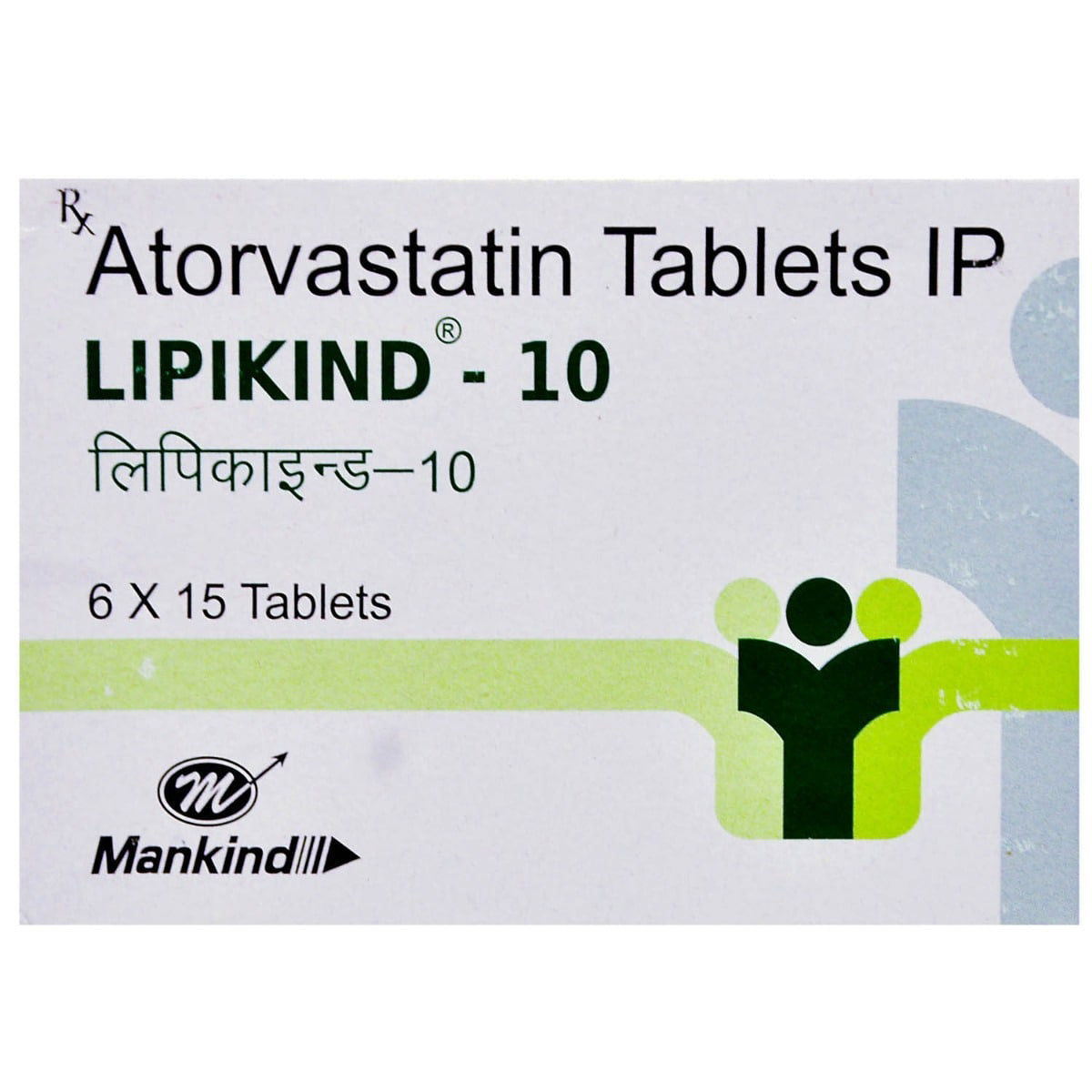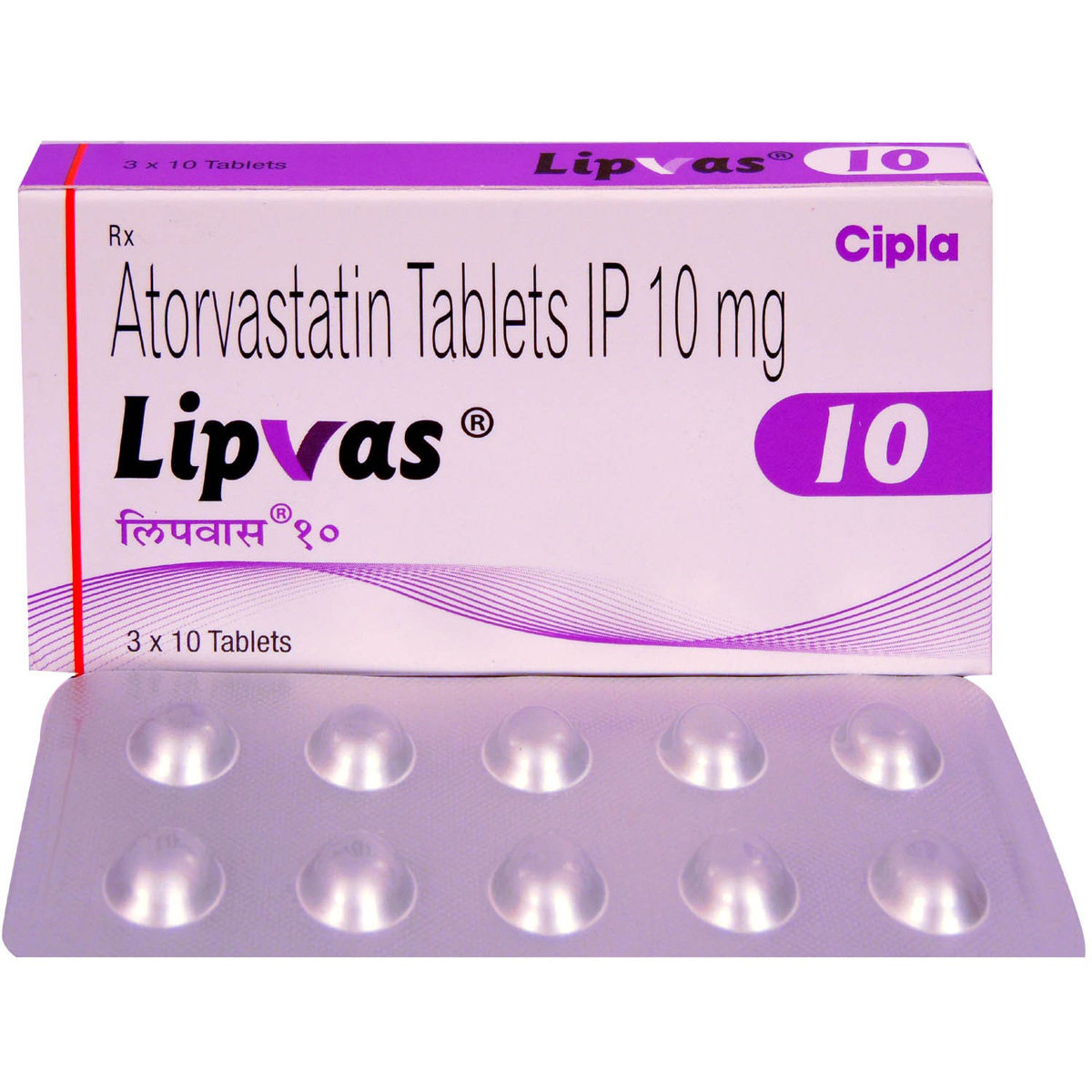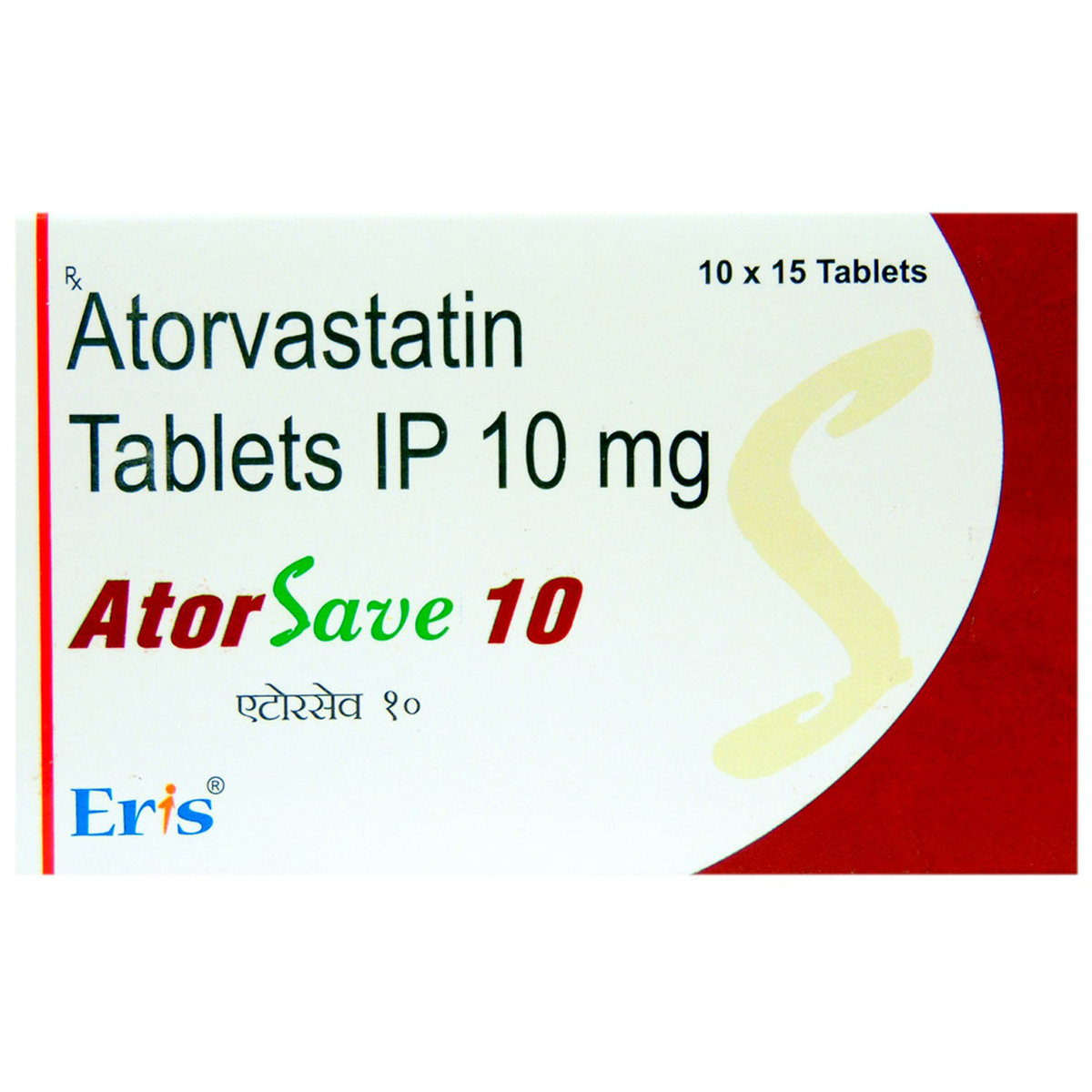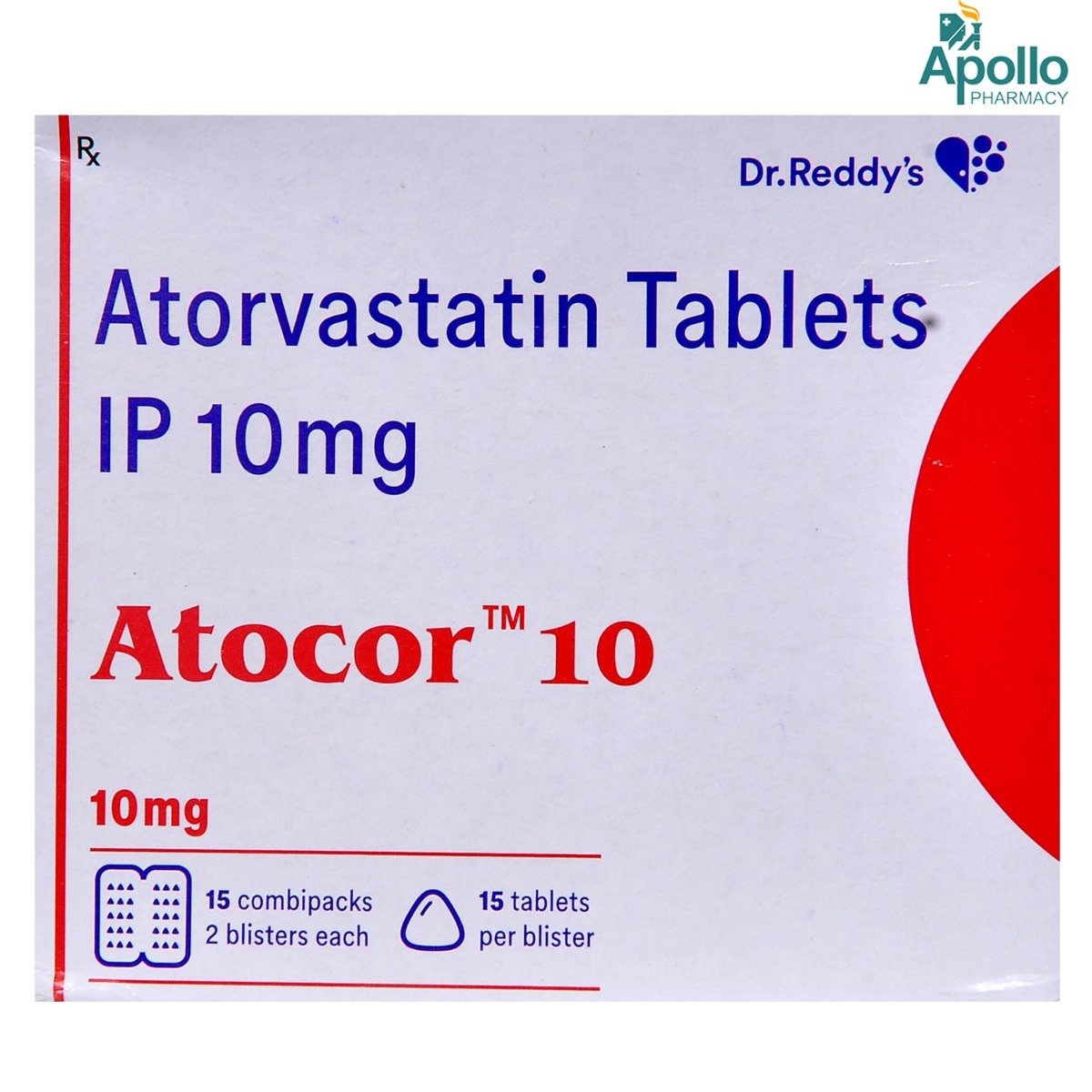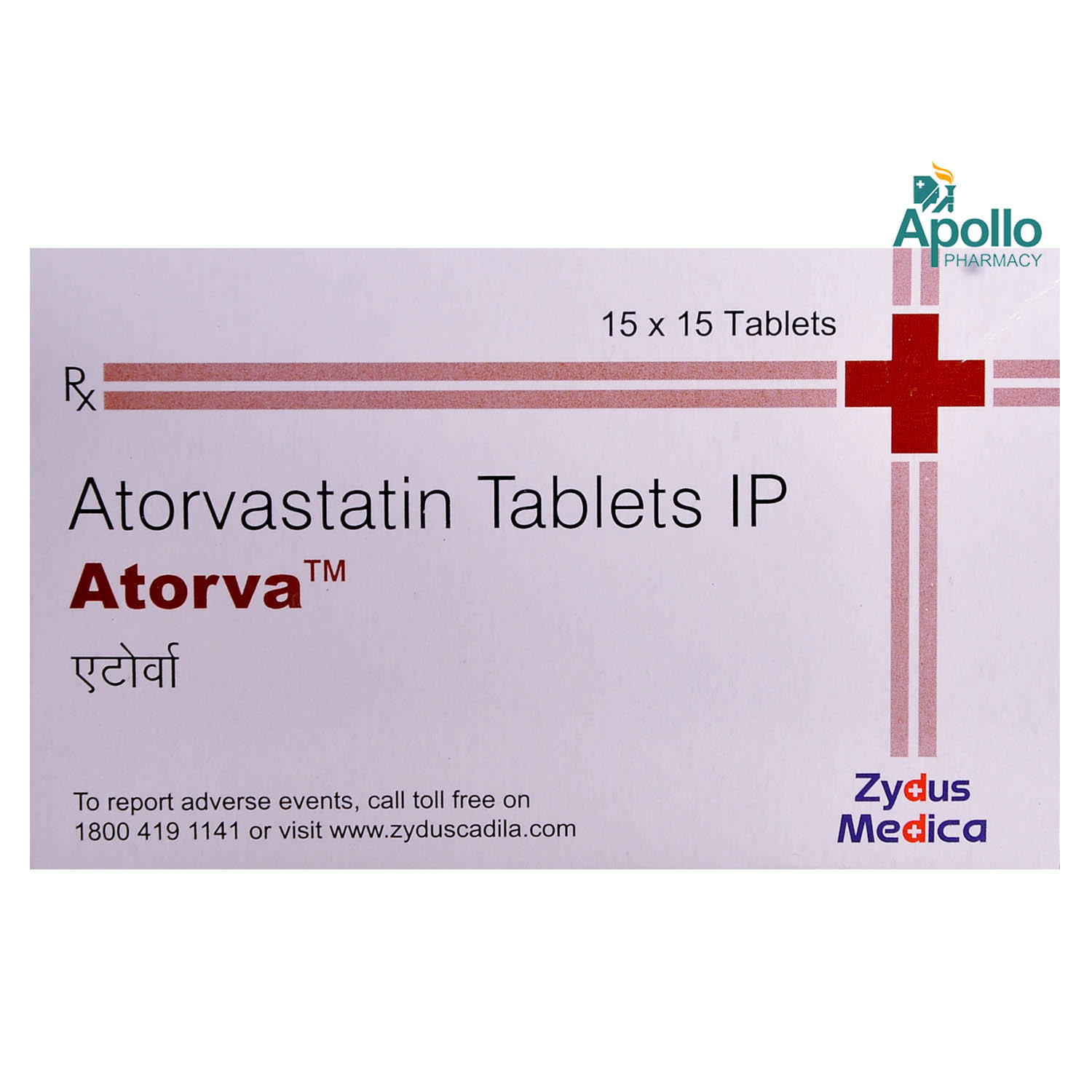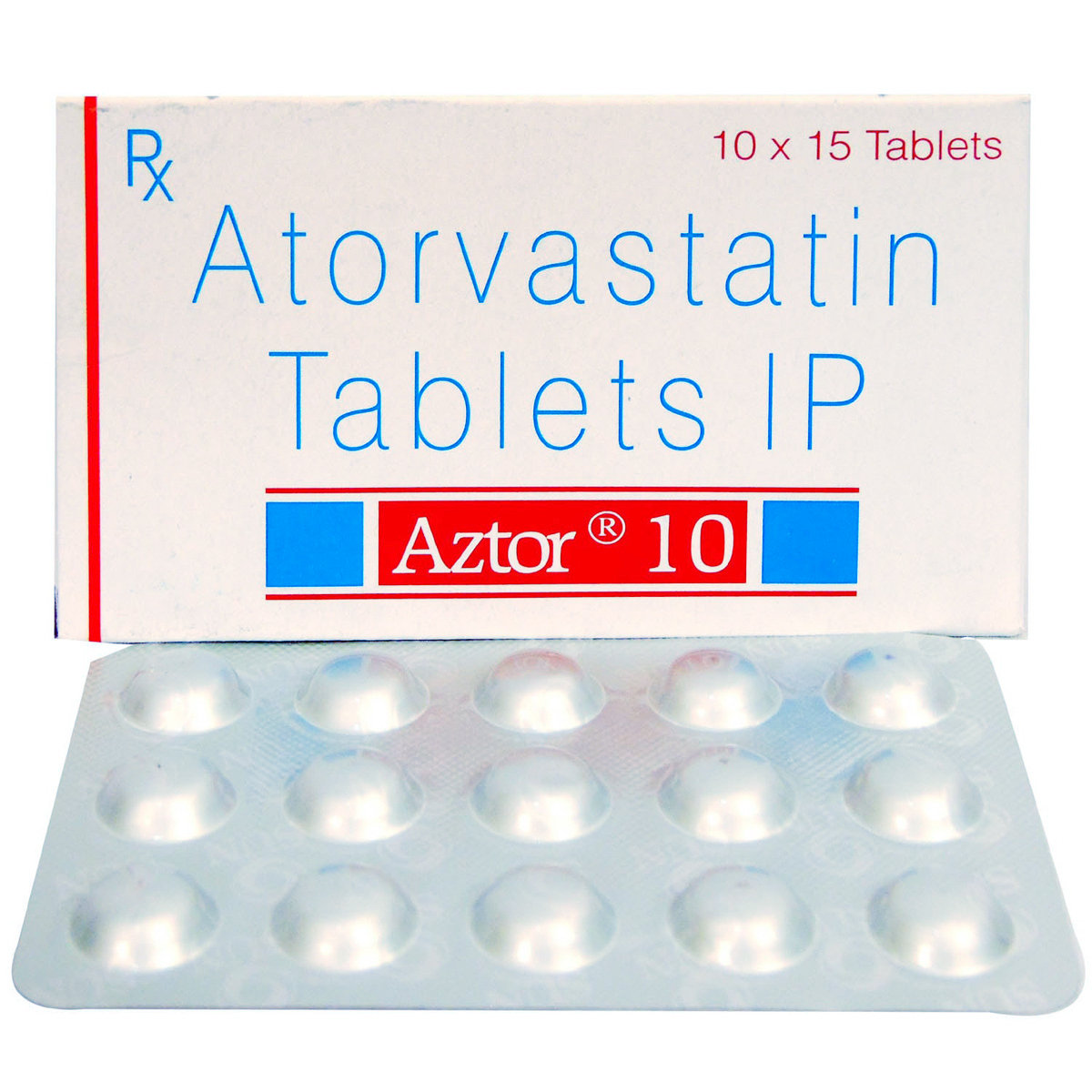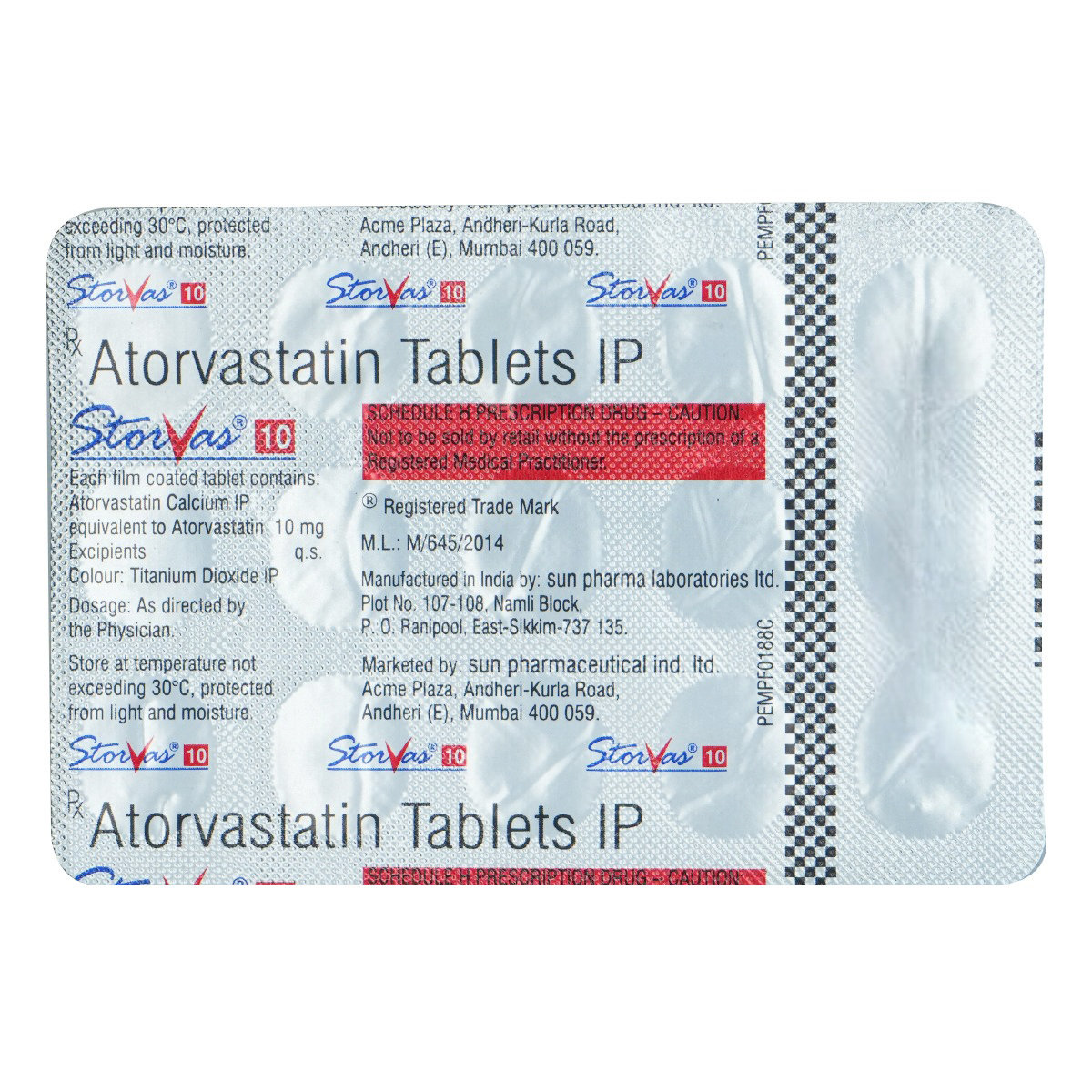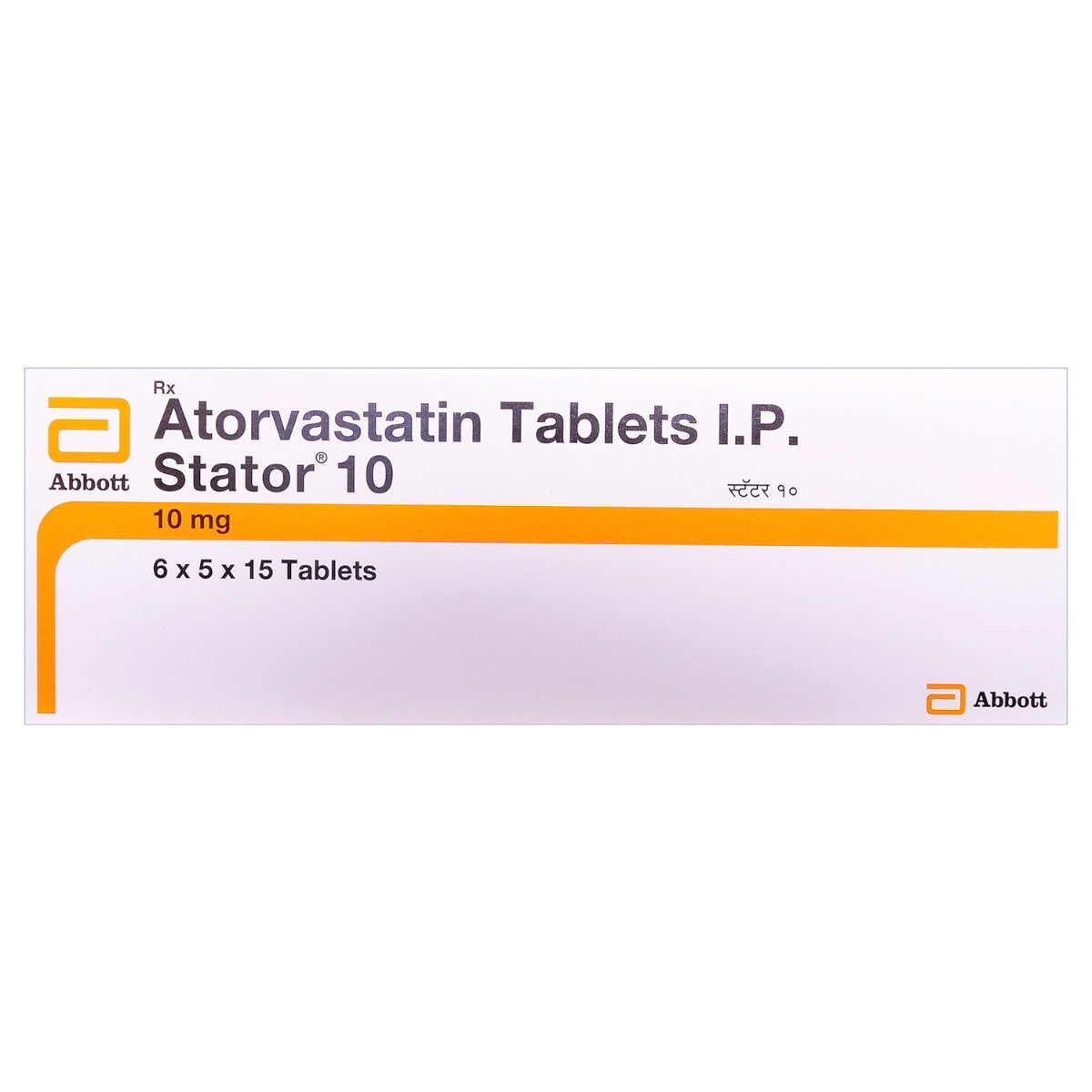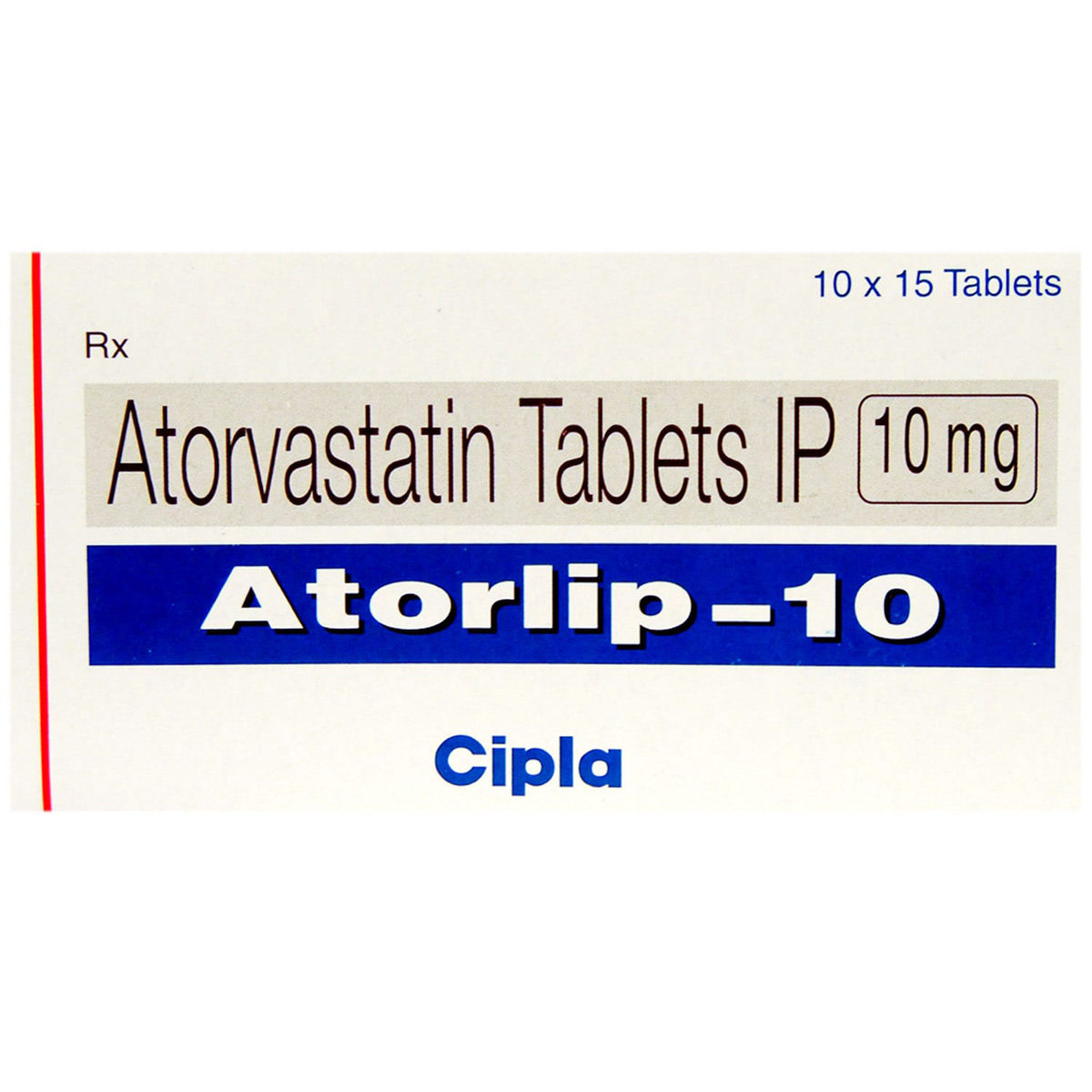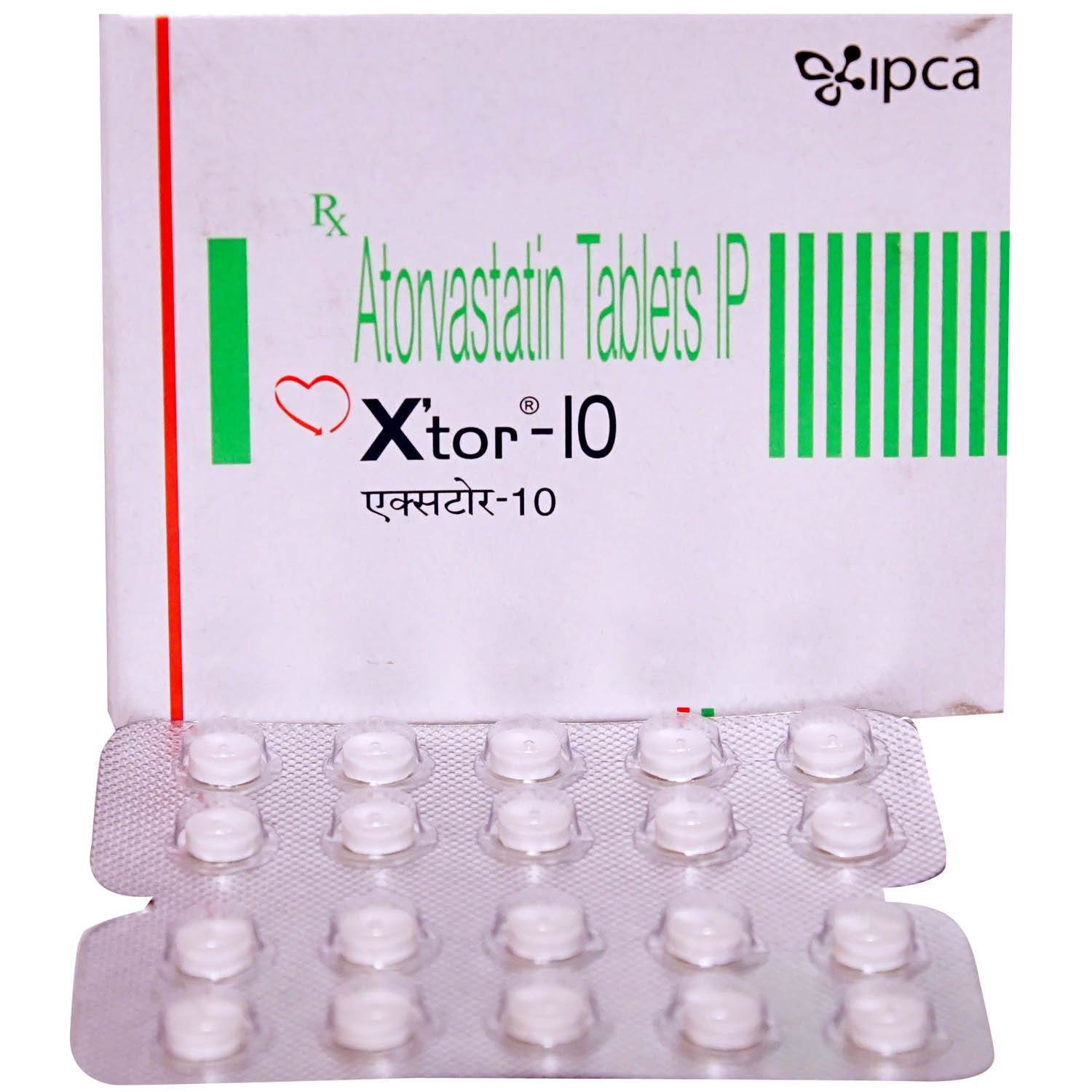A 2 V 10MG TABLET

MRP ₹53.4
(Inclusive of all Taxes)
₹8.0 Cashback (15%)
know your delivery time
Provide Delivery Location
Composition :
Manufacturer/Marketer :
Consume Type :
Expires on or after :
Return Policy :
NPPA :

Secure Payment

Trusted by 8 Crore Indians

Genuine Products
Therapeutic Class
Country of origin
Manufacturer/Marketer address
Author Details
We provide you with authentic, trustworthy and relevant information
Disclaimer
Alcohol
Safe if prescribed
Do not drink too much while taking this medicine. drinking a lot of alcohol you may more likely to get muscle and liver side effects.
Pregnancy
Consult your doctor
A 2 V 10MG TABLET is not recommended during pregnancy. Contact your doctor before taking A 2 V 10MG TABLET.
Breast Feeding
Consult your doctor
Breastfeeding is not recommended. Contact your doctor before taking A 2 V 10MG TABLET.
Driving
Safe if prescribed
A 2 V 10MG TABLET has negligible influence on the ability to drive and use machines.
Liver
Consult your doctor
A 2 V 10MG TABLET to be taken with caution, especially if you have a history of Liver diseases/conditions. The dose may have to be adjusted by your doctor.
Kidney
Consult your doctor
A 2 V 10MG TABLET to be taken with caution, especially if you have a history of Kidney diseases/conditions. The dose may have to be adjusted by your doctor.
Children
Safe if prescribed
A 2 V 10MG TABLET is not indicated in the treatment of patients below the age of 10 years.
Product Substitutes
About A 2 V 10MG TABLET
A 2 V 10MG TABLET belongs to a class of medications called statins to treat raised cholesterol levels in our body. A 2 V 10MG TABLET helps lower the level of low-density lipoprotein (LDL) or bad cholesterol in the blood and increase the level of high-density lipoprotein (HDL) or good cholesterol. Dyslipidaemia is the deposition of unhealthy fat (lipid) levels in the blood. In this condition, there is always a high level of low-density lipoprotein (LDL or bad cholesterol), triglycerides (TG) and a low level of high-density lipoprotein (HDL or good cholesterol).
A 2 V 10MG TABLET contains 'Atorvastatin' which works by slowing the production of cholesterol in the body to decrease the amount of cholesterol that may build up on the arteries walls and block blood flow to the heart, brain, and other parts of the body. A 2 V 10MG TABLET helps to decrease the production of cholesterol that may build up in the blood vessels (arteries) of the heart, brain, and other parts of the body. Lowering cholesterol levels helps prevent heart diseases such as heart attacks and strokes in the future. A 2 V 10MG TABLET can also be prescribed for people with a family history of raised cholesterol in coronary heart disease or long-term health conditions of type 1, type 2 diabetes, or rheumatoid arthritis.
The prescribed dose of A 2 V 10MG TABLET is daily once a day at the same time. Your doctor will advise you on how often you take your tablets based on your medical condition. You can take A 2 V 10MG TABLET with food or without food. It should be swallowed whole with a glass of water. Do not chew, bite, or break it. In a few cases, you may experience allergic reactions, hyperglycaemia (excess of glucose in the bloodstream), headache, vision blurred, pain, constipation, nausea, diarrhoea, muscle spasms, joint swelling, and back pain. Most of these side effects of A 2 V 10MG TABLET do not require medical attention and gradually resolve over time. Consult your doctor immediately if you have yellowing eye/skin (jaundice), dark urine, or repeated unexplained muscular pain.
A 2 V 10MG TABLET may cause a breakdown of skeletal muscle tissue, leading to kidney failure. This condition usually occurs in the elderly, people with kidney disease, and poorly controlled hypothyroidism (underactive thyroid). A 2 V 10MG TABLET should not be prescribed to children less than ten years of age. You should contact a doctor before if you have had an allergic reaction to A 2 V 10MG TABLET, have liver or kidney problems, pregnant or planning to get pregnant, are breastfeeding, have severe lung disease, have a previous heart attack or stroke caused by bleeding in the brain, have hypothyroidism, drink more than two servings of alcohol per day and have a muscle disorder (fibromyalgia). The efficiency of A 2 V 10MG TABLET can be increased by taking low-fat or cholesterol-containing food and drinks.
Uses of A 2 V 10MG TABLET
Medicinal Benefits Mweb
Key Benefits
A 2 V 10MG TABLET taken with dietary measures helps treat high cholesterol, especially for heart patients when initial dietary measures fail to lower cholesterol. It helps lower the bad cholesterol (LDL) and increases the level of good cholesterol (HDL) in the state of dyslipidaemia or hyperlipidaemia. A 2 V 10MG TABLET is considered more effective compared to other statins. A 2 V 10MG TABLET also lowers the amount of fat or cholesterol deposition (plaque) in the heart's arteries, thereby reducing the chance of having a heart attack or stroke in the future.
Directions for Use
Side Effects of A 2 V 10MG TABLET
- Headache
- Blurred Vision
- Muscle Weakness
- Allergic Reactions
- Hyperglycaemia (Excess glucose in the bloodstream)
- Constipation
- Nausea
- Diarrhoea
- Joint Swelling
- Back Pain
Drug Warnings
A 2 V 10MG TABLET may cause a breakdown of skeletal muscle tissue, leading to kidney failure. This condition usually occurs in the elderly, people with kidney disease, and poorly controlled hypothyroidism (underactive thyroid). A 2 V 10MG TABLET should not be prescribed to children less than ten years of age. You should contact a doctor before if you have had an allergic reaction to A 2 V 10MG TABLET, have a liver problem (jaundice, liver cirrhosis), or kidney problems, are pregnant or planning to get pregnant, are breastfeeding, have severe lung disease, have a previous heart attack or stroke caused by bleeding in the brain, have hypothyroidism, drink more than two servings of alcohol per day and have a muscle disorder (fibromyalgia) and damaged muscle tissue (rhabdomyolysis).
Drug-Drug Interactions
Drug-Drug Interactions
Login/Sign Up
Taking A 2 V 10mg Tablet with Posaconazole can increase the blood levels of A 2 V 10mg Tablet. This can increase the risk of side effects.
How to manage the interaction:
Although there is an interaction between posaconazole with A 2 V 10mg Tablet, they can be taken together if advised by your doctor. However, contact the doctor if you experience unexplained muscle pain, weakness, fever, chills, joint pain or swelling, unusual bleeding, skin rash, itching, loss of appetite, fatigue, nausea, vomiting, dark coloured urine, or yellowing of the skin or eyes. Do not discontinue any medications without consulting a doctor.
Coadministration of Nicotinamide with A 2 V 10mg Tablet can increase the risk and severity of side effects like rhabdomyolysis (breakdown of skeletal muscle) or kidney damage.
How to manage the interaction:
Taking Nicotinamide with A 2 V 10mg Tablet together is used with caution as it can result in an interaction, it can be taken if a doctor has advised it. However, if you notice any unexplained muscle pain, muscle stiffness or tenderness, fever, dark-colored urine, or weakness, you should contact a doctor immediately. Do not stop using any medications without talking to a doctor.
Using A 2 V 10mg Tablet together with telithromycin may significantly increase the blood levels of A 2 V 10mg Tablet.
How to manage the interaction:
Taking Telithromycin with A 2 V 10mg Tablet together can result in an interaction, but it can be taken if a doctor has advised it. You should seek immediate medical attention if you develop fever, chills, joint pain or swelling, unusual bleeding or bruising, skin rash, itching, loss of appetite, fatigue, nausea, vomiting, dark colored urine, and/or yellowing of the skin or eyes. Do not stop using any medications without talking to a doctor.
Using A 2 V 10mg Tablet together with nefazodone may significantly increase the blood levels of A 2 V 10mg Tablet.
How to manage the interaction:
Taking A 2 V 10mg Tablet with Nefazodone together can result in an interaction, but it can be taken if a doctor has advised it. You should seek immediate medical attention if you develop fever, chills, joint pain or swelling, unusual bleeding or bruising, skin rash, itching, loss of appetite, fatigue, nausea, vomiting, dark colored urine, and/or yellowing of the skin or eyes. Do not stop using any medications without a doctor's advice.
Taking A 2 V 10mg Tablet with indinavir may considerably raise A 2 V 10mg Tablet levels in the blood.
How to manage the interaction:
Taking A 2 V 10mg Tablet and indinavir together can result in an interaction, it can be taken if a doctor has advised it. However, if you experience muscle pain, tenderness, or weakness especially accompanied by fever or dark colored urine, chills, joint pain or swelling, unusual bleeding or bruising, skin rash, itching, loss of appetite, fatigue, nausea, vomiting, dark colored urine, light colored stools, and/or yellowing of the skin or eyes, you should consult the doctor. Do not stop using any medications without talking to a doctor.
Using A 2 V 10mg Tablet together with troleandomycin may significantly increase the blood levels of A 2 V 10mg Tablet.
How to manage the interaction:
Taking A 2 V 10mg Tablet with Troleandomycin together can result in an interaction, but it can be taken if a doctor has advised it. You should seek immediate medical attention if you develop fever, chills, joint pain or swelling, unusual bleeding or bruising, skin rash, itching, loss of appetite, fatigue, nausea, vomiting, dark colored urine, and/or yellowing of the skin or eyes. Do not stop using any medications without a doctor's advice.
Coadministration of Erlotinib with A 2 V 10mg Tablet can raise the chance of side effects (liver injury and rhabdomyolysis, an uncommon but serious illness that causes the breakdown of skeletal muscle tissue. Rhabdomyolysis occasionally results in kidney injury).
How to manage the interaction:
Taking Erlotinib with A 2 V 10mg Tablet together can result in an interaction, it can be taken if a doctor has advised it. However, if you notice any unexplained muscle pain, muscle stiffness or tenderness, fever, dark-colored urine, or weakness, you should contact a doctor immediately. Do not stop using any medications without talking to a doctor.
Using A 2 V 10mg Tablet together with itraconazole may significantly increase the blood levels of A 2 V 10mg Tablet.
How to manage the interaction:
Coadministration of A 2 V 10mg Tablet along with itraconazole together can result in an interaction, it can be taken if a doctor has advised it. However, if you experience muscle pain, tenderness, or weakness especially accompanied by fever or dark-colored urine, chills, joint pain or swelling, unusual bleeding or bruising, skin rash, itching, loss of appetite, fatigue, nausea, vomiting, dark-colored urine, light-colored stools, and/or yellowing of the skin or eyes, you should consult the doctor. Do not discontinue any medication without consulting a doctor.
Using A 2 V 10mg Tablet together with fosamprenavir may significantly increase the blood levels of A 2 V 10mg Tablet.
How to manage the interaction:
Although there is a possible interaction between A 2 V 10mg Tablet and Fosamprenavir, you can take these medicines together if prescribed by a doctor. You should seek immediate medical attention if you develop fever, chills, joint pain or swelling, unusual bleeding or bruising, skin rash, itching, loss of appetite, fatigue, nausea, vomiting, dark colored urine, light colored stools, and/or yellowing of the skin or eyes. Do not stop using any medications without talking to a doctor.
Taking A 2 V 10mg Tablet with nelfinavir may considerably raise A 2 V 10mg Tablet levels in the blood. This can raise the chance of side effects (liver injury and rhabdomyolysis - an uncommon but serious illness that causes the breakdown of skeletal muscle tissue. Rhabdomyolysis occasionally results in kidney injury).
How to manage the interaction:
Although taking A 2 V 10mg Tablet and cyclosporine together can result in an interaction, it can be taken if a doctor has advised it. However, if you experience muscle pain, tenderness, or weakness especially accompanied by fever or dark colored urine, chills, joint pain or swelling, unusual bleeding or bruising, skin rash, itching, loss of appetite, fatigue, nausea, vomiting, dark colored urine, light colored stools, and/or yellowing of the skin or eyes, you should consult the doctor. Do not stop using any medications without talking to a doctor.
Drug-Food Interactions
Drug-Food Interactions
Login/Sign Up
Grapefruit Juice
How to manage the interaction:
Consumption of A 2 V 10mg Tablet with grapefruit juice may elevate A 2 V 10mg Tablet levels in the blood. This can raise the chance of side effects such as liver injury and rhabdomyolysis, (an uncommon but serious illness that causes the breakdown of skeletal muscle tissue. Rhabdomyolysis occasionally results in kidney injury). Avoid the consumption of grapefruit juice along with A 2 V 10mg Tablet. If you’re experiencing fever, chills, joint discomfort or swelling, unusual bleeding or bruising, skin rash, itching, lack of appetite, lethargy, nausea, vomiting, dark coloured urine, and/or yellowing of the skin or eyes, contact the doctor immediately.
Drug-Diseases Interactions
Drug-Diseases Interactions
Login/Sign Up
Drug-Drug Interactions Checker List
- CEPHALEXIN
- TETRACYCLINE
- GENTAMICIN
- MICONAZOLE
- FLUCONAZOLE
- KETOCONAZOLE
- ABACAVIR
- RETROVIR
- TENOFOVIR DISOPROXIL
- RIBAVIRIN
- ELBASVIR
- CYCLOSPORIN
- AMIODARONE
- VERAPAMIL
- DILTIAZEM
Habit Forming
Special Advise
- Suppose muscle fatigue or muscle pain affects your daily activity. Try to contact the doctor if you have muscle weakness or fatigue.
Diet & Lifestyle Advise
- Try aromatherapy, yoga, meditation to help relax your body and mind.
- Try to do breathing exercises to get more oxygen.
- Eat a healthy diet especially rich in soluble fibre like beans, legumes, whole grain, flax, apples, and citrus fruits.
- Try to replace most of your saturated fats with unsaturated fats that can reduce total cholesterol and LDL cholesterol quickly like avocados, olive oil, fatty fish, and nuts contain lots of heart-healthy unsaturated fats, so it’s beneficial to eat them regularly.
- Try to adopt a Mediterranean-style diet rich in olive oil, fruits, vegetables, nuts, whole grains, and fish, and low in red meat and most dairy.
- Try to give priority to more fruits and veggies in your daily meal as these contain antioxidants which help to lower LDL
- Minimize the intake of added sugar. The American Heart Association (ADA) recommends, one should not eat more than 100 calories (25 grams) of added sugar for women and children, and no more than 150 calories (37.5 grams) for men every day.
- American Heart Association recommends that sodium chloride (table salt) should intake not exceed more than 2,300 mg per day as part of a healthy eating pattern.
- As a precautionary measure, do not consume alcohol and quit smoking.
All Substitutes & Brand Comparisons
RX
Lipikind 10 Tablet 15's
Mankind Pharma Pvt Ltd
₹43.5
(₹2.61 per unit)
45% CHEAPERRX
Atrastin 10 Tablet 10's
Auspharma Pvt Ltd
₹45.5
(₹4.55 per unit)
5% CHEAPERRX
Lipvas 10 Tablet 10's
Cipla Ltd
₹51.5
(₹4.64 per unit)
3% CHEAPER

Have a query?
Buy best Cardiology products by
Torrent Pharmaceuticals Ltd
Sun Pharmaceutical Industries Ltd
Lupin Ltd
Intas Pharmaceuticals Ltd
Cipla Ltd
Micro Labs Ltd
Macleods Pharmaceuticals Ltd
Abbott India Ltd
Ajanta Pharma Ltd
Ipca Laboratories Ltd
Eris Life Sciences Ltd
Mankind Pharma Pvt Ltd
Lloyd Healthcare Pvt Ltd
Dr Reddy's Laboratories Ltd
Glenmark Pharmaceuticals Ltd
Emcure Pharmaceuticals Ltd
Alembic Pharmaceuticals Ltd
Alkem Laboratories Ltd
East West Pharma India Pvt Ltd
USV Pvt Ltd
Zydus Healthcare Ltd
Aristo Pharmaceuticals Pvt Ltd
Elbrit Life Sciences Pvt Ltd
J B Chemicals & Pharmaceuticals Ltd
Zydus Cadila
Akumentis Healthcare Ltd
Alteus Biogenics Pvt Ltd
Hbc Life Sciences Pvt Ltd
Fusion Health Care Pvt Ltd
Troikaa Pharmaceuticals Ltd
La Renon Healthcare Pvt Ltd
Corona Remedies Pvt Ltd
Jubilant Lifesciences Ltd
Medley Pharmaceuticals Ltd
Knoll Healthcare Pvt Ltd
Msn Laboratories Pvt Ltd
Zuventus Healthcare Ltd
Cadila Pharmaceuticals Ltd
Blue Cross Laboratories Pvt Ltd
Lividus Pharmaceuticals Pvt Ltd
Morepen Laboratories Ltd
Ranmarc Labs
Shrrishti Health Care Products Pvt Ltd
Sanofi India Ltd
Steris Healthcare
Elder Pharmaceuticals Ltd
Primus Remedies Pvt Ltd
Unison Pharmaceuticals Pvt Ltd
Eswar Therapeutics Pvt Ltd
Knoll Pharmaceuticals Ltd
Tas Med India Pvt Ltd
Systopic Laboratories Pvt Ltd
Indiabulls Pharmaceuticals Pvt Ltd
Leeford Healthcare Ltd
Sinsan Pharmaceuticals Pvt Ltd
Biochem Pharmaceutical Industries Ltd
Cadila Healthcare Ltd
Azkka Pharmaceuticals Pvt Ltd
Nirvana India Pvt Ltd
Orsim Pharma
Prevego Healthcare & Research Pvt Ltd
Econ Healthcare
Elinor Pharmaceuticals (P) Ltd
FDC Ltd
Sunij Pharma Pvt Ltd
Nicholas Piramal India Ltd
Astra Zeneca Pharma India Ltd
Pfizer Ltd
Lia Life Sciences Pvt Ltd
Shine Pharmaceuticals Ltd
Elicad Pharmaceuticals Pvt Ltd
Indoco Remedies Ltd
Proqol Health Care Pvt Ltd
Vasu Organics Pvt Ltd
Biocon Ltd
Opsis Care Lifesciences Pvt Ltd
Johnlee Pharmaceuticals Pvt Ltd
Merck Ltd
Wockhardt Ltd
Auspharma Pvt Ltd
Ergos Life Sciences Pvt Ltd
Lakshya Life Sciences Pvt Ltd
Ordain Health Care Global Pvt Ltd
Pficus De Med Pvt Ltd
ALICAN PHARMACEUTICAL PVT LTD
RPG Life Sciences Ltd
Glynis Pharmaceuticals Pvt Ltd
Orris Pharmaceuticals
Samarth Life Sciences Pvt Ltd
Aprica Pharmaceuticals Pvt Ltd
Aretaeus Pharmaceuticals Pvt Ltd
Koye Pharmaceuticals Pvt Ltd
Neocardiab Care
Retra Life Science Pvt Ltd
Alniche Life Sciences Pvt Ltd
Alvio Pharmaceuticals Pvt Ltd
Arkas Pharma Pvt Ltd
Atos Lifesciences Pvt Ltd
Divine Savior Pvt Ltd
Metalis Lifesciences Pvt Ltd


_0.jpg?tr=q-85)
